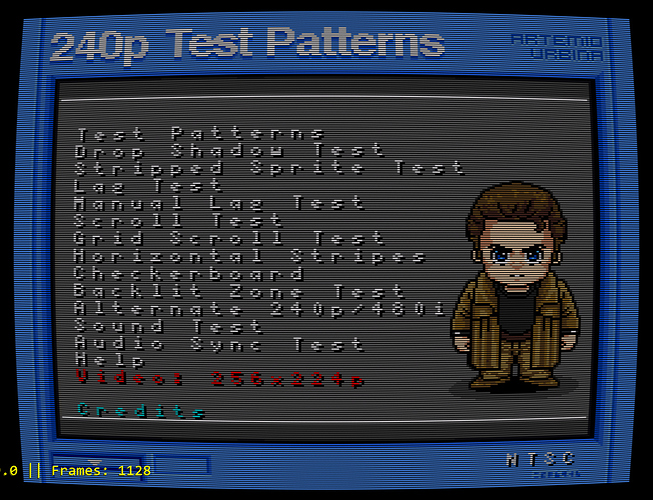Hi there!
I have found myself using the shader included in Dinothawr (under the dinothawr/ subdir) called simply scanline.glsl, for years now. This shader looks GREAT without integer scaler, and scanlines are very faithful to what you see when you look at a CRT very near. AND it’s a very lightweight shader, suitable for Raspberry Pi (except for certain cores like Snes9x, where it seems to be too much for the memory bandwith of the machine, at least when using the VC4 core)
It seems to be an automatically generated shader, but do you guys know what’s it’s origin? Thanks!

